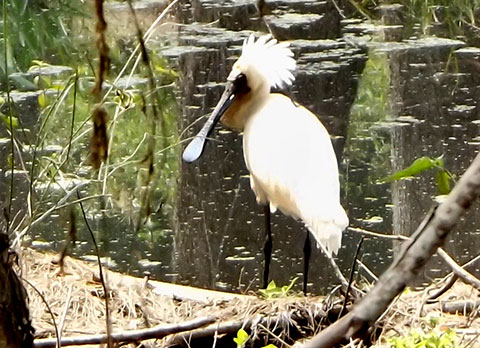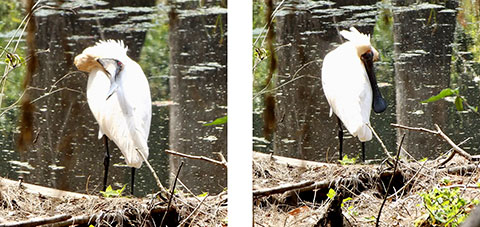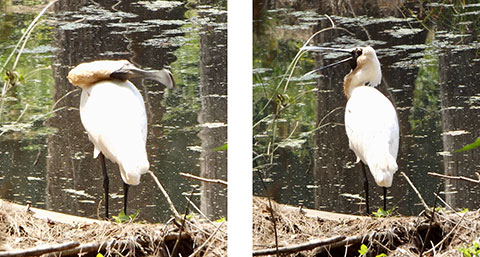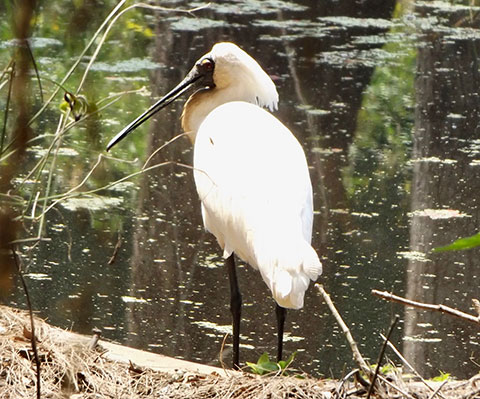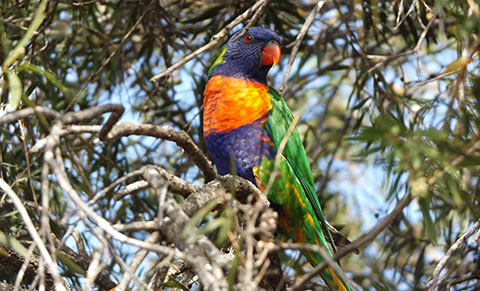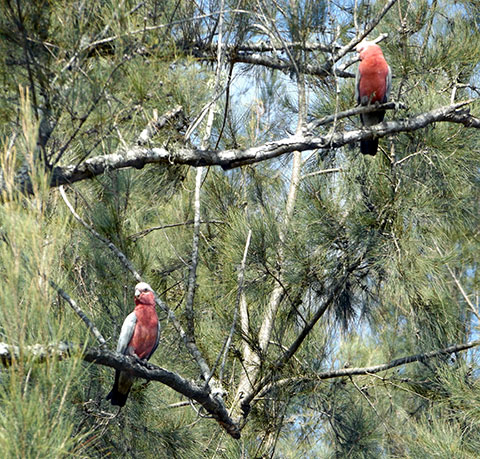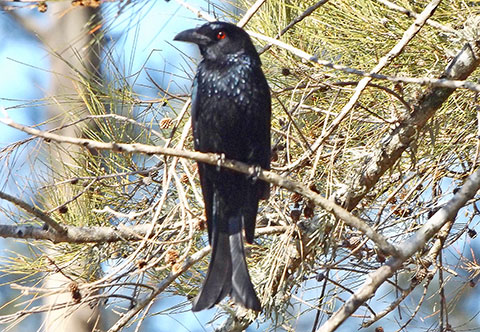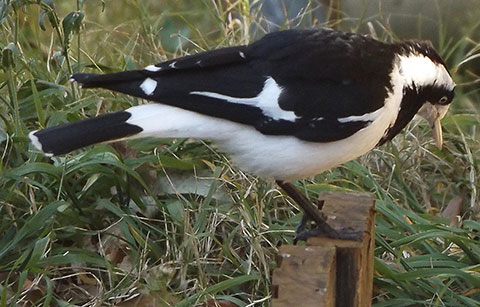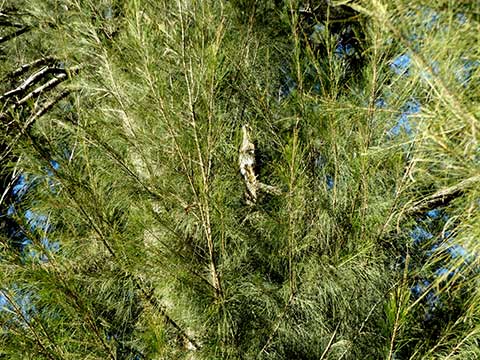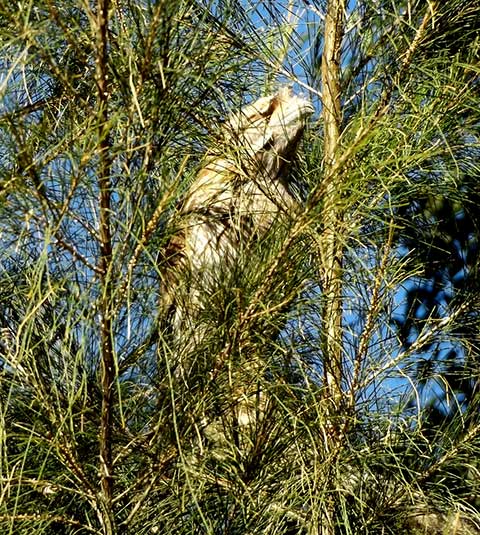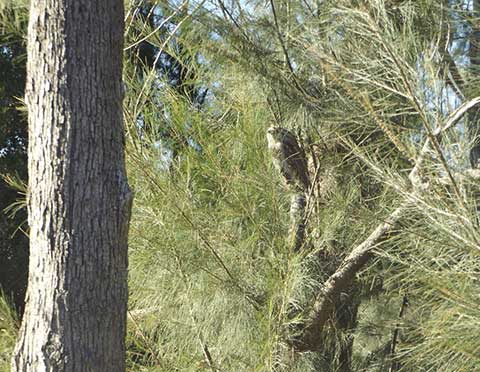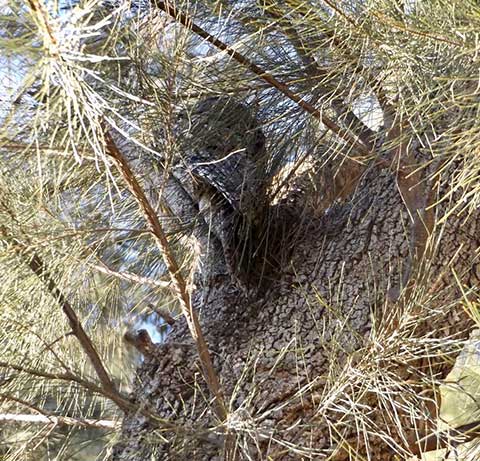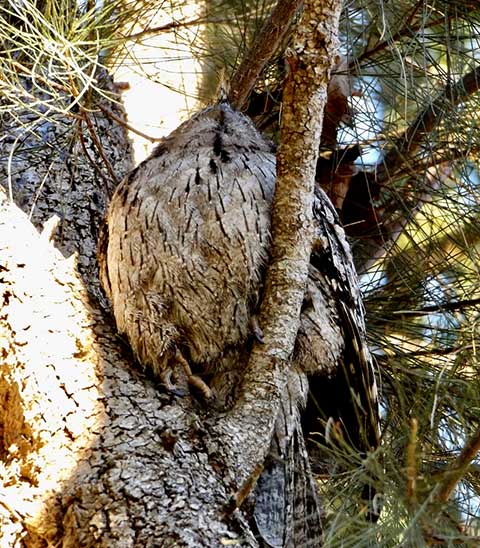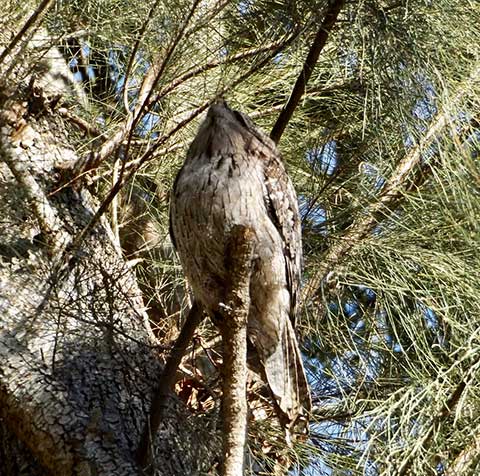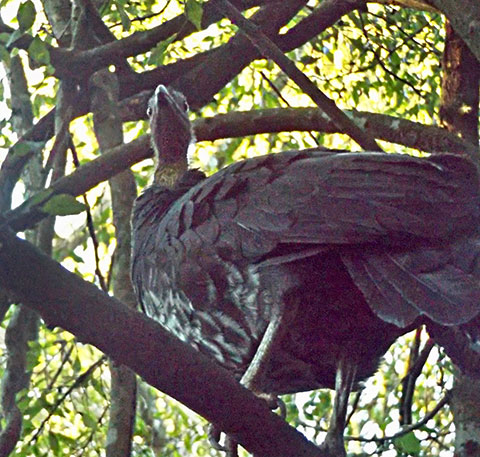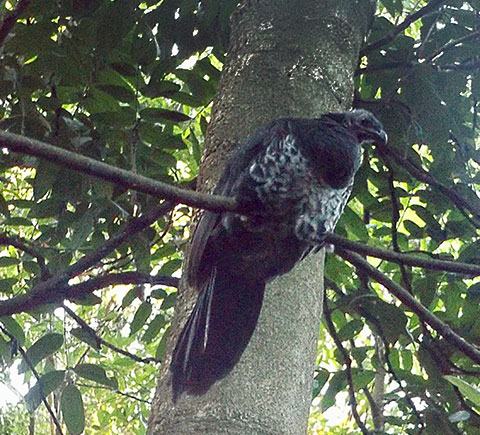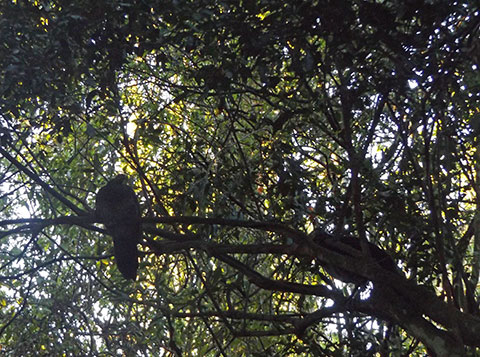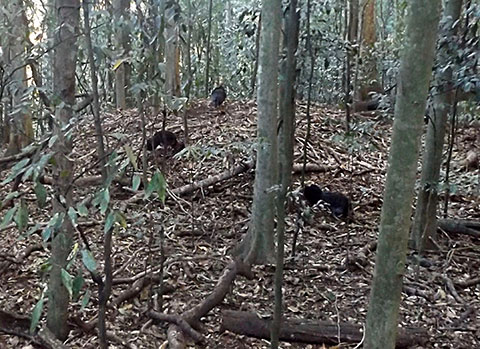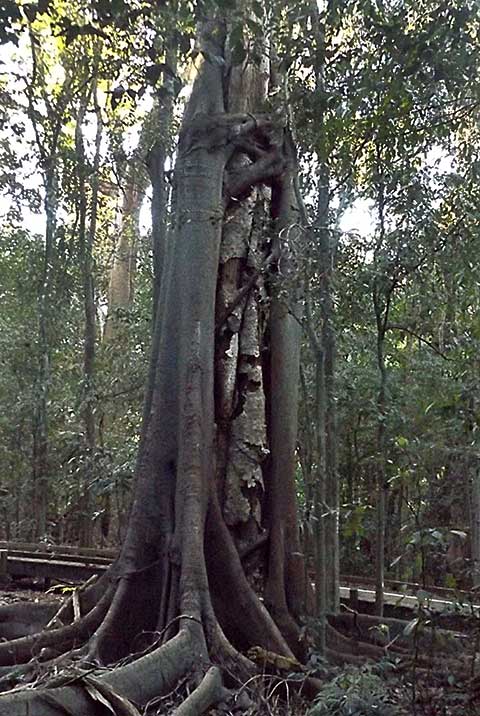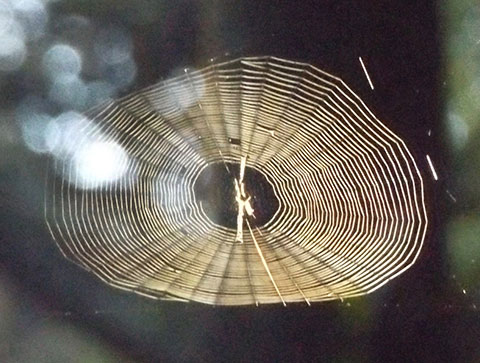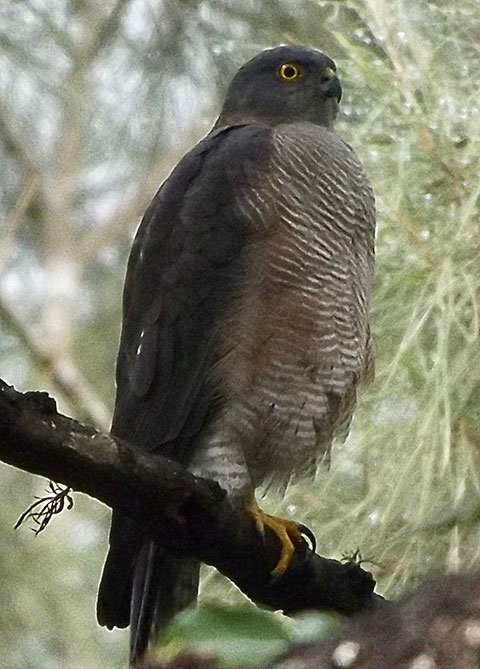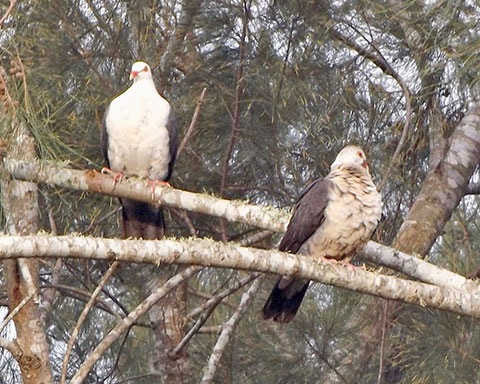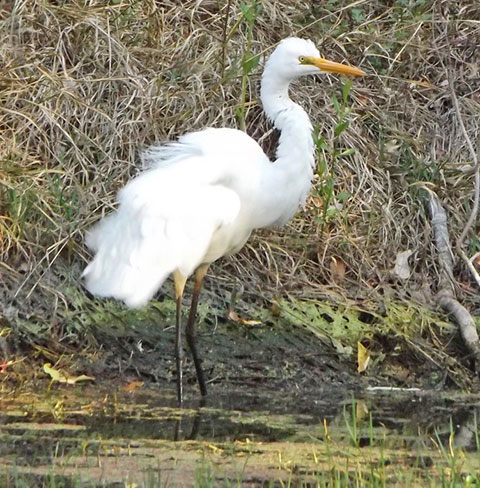
After my last odd waterbird visitor, the Royal Spoonbill, I thought I had spotted another strange long-legged, long-beaked bird down there in the wetlands.
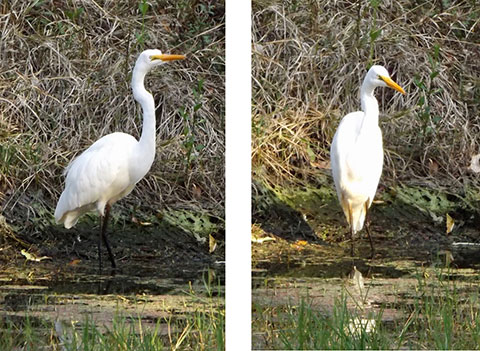
But when it settled its ruffled feathers and assumed a more familiar stance, it revealed itself to be not really odd at all.
Perhaps oddly out of place, as there are no cattle here, and I think it is the quite common Cattle Egret.
I have usually seen it in groups around cows in paddocks, some often perched on the backs of cows.
Native to Africa and Asia, they were introduced to Australia in 1948 – as was I! – and have spread successfully into new territories, including America.
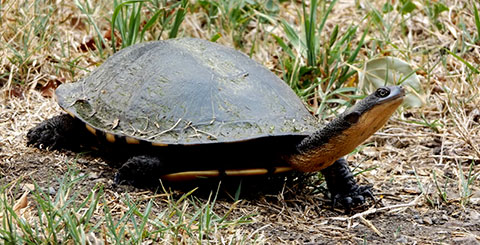
Equally common, and perhaps equally out of place, was this Long-necked Tortoise, seen wandering in my dry back yard, heading uphill from the wetlands.

As it still had damp mossy patches on its back, it can’t have been lost or misguided for long.
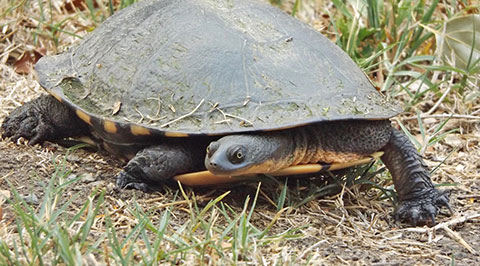
I stood very still as It looked about carefully, fixing my feet at least with those gimlet eyes.

Then it turned itself about and, very purposefully and surprisingly swiftly, headed downhill towards the water.
There is a low old paling fence to be negotiated but, as I later saw, it found the worn parts and dug away until it was on the watery side where it belonged.
But why had it left and what led it to think there’d be water up here?
These wetlands are a boon in attracting wild creatures; after all, water is life.
